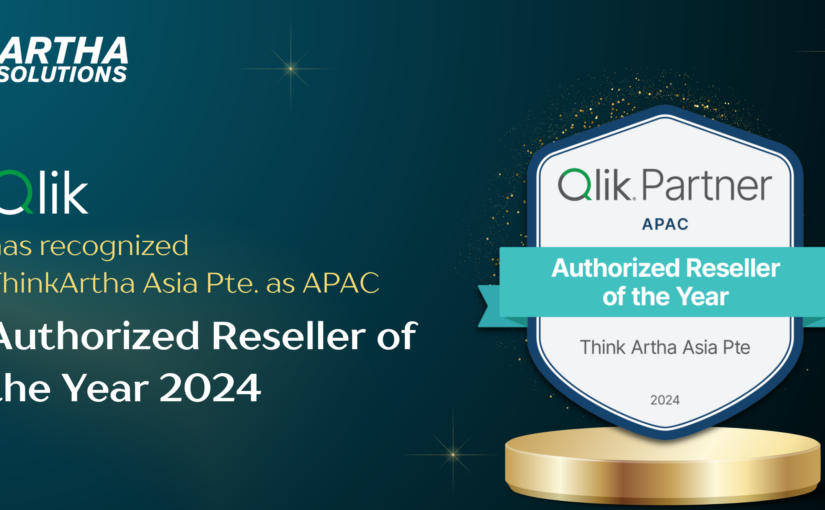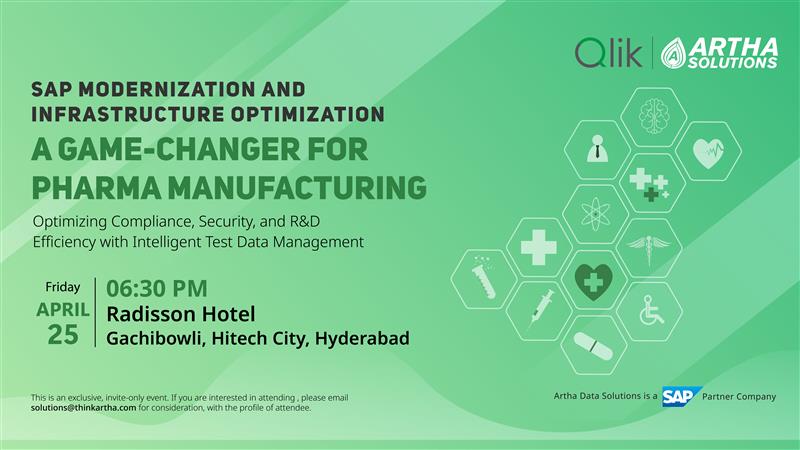In today’s manufacturing world, data is the new raw material. From IoT sensors on the shop floor to CAD models in engineering systems, enterprises are drowning in information. Yet, many still struggle with inconsistent records, siloed systems, and the inefficiencies that follow. Master Data Management (MDM), powered by AI and deeply integrated with SAP and Product Lifecycle Management (PLM) systems, offers the way forward.
MDM: The Backbone of Manufacturing Data
At its core, MDM ensures that critical business entities materials, products, suppliers, customers are defined, structured, and maintained consistently across systems. In manufacturing, this means maintaining clean material masters, harmonized product hierarchies, and accurate supplier data.
Without this foundation, organizations face problems like duplicate part numbers, misaligned bills of materials (BOMs), and delays in order fulfilment. Sales teams struggle to generate accurate quotes, engineering teams waste time searching for the right specifications, and procurement deals with mismatched supplier information.
MDM acts as the single source of truth, enabling every function engineering, supply chain, sales, and finance to work with the same accurate data.
Governance: Turning Data into an Enterprise Asset
MDM success requires strong governance. This isn’t just about setting rules it’s about creating accountability. A governance framework should include:
- Leadership alignment to ensure data initiatives support broader business transformation.
- Dedicated roles such as data owners, domain stewards, and a data management office.
- Metrics that matter, such as reduction in quote cycle times, fewer BOM errors, and increased data reuse across use cases.
When governance is built into digital initiatives like an SAP S/4HANA migration or a PLM rollout it delivers more than compliance. It turns data into a measurable driver of business value.
Clearing Data Roadblocks with AI
The biggest obstacle to leveraging advanced analytics and automation in manufacturing isn’t a lack of AI models it’s poor data quality. Duplicate records, missing attributes, and inconsistent standards undermine even the most sophisticated tools.
AI now plays a central role in solving this challenge. Modern platforms can:
- Detect duplicates across millions of records.
- Resolve entities by matching attributes like supplier codes, part descriptions, or drawings.
- Flag anomalies in real time, ensuring bad data doesn’t cascade into downstream processes.
- Automate cleansing and enrichment, reducing dependency on manual intervention.
By deploying AI-powered “data-quality SWAT teams” and industrialized monitoring systems, manufacturers can continuously cleanse, validate, and enrich their master data turning quality into a competitive advantage.
AI Beyond Text: Learning from Images and 3D Models
One of the most exciting frontiers in MDM is using AI to derive structured insights from unstructured assets images, CAD files, and 3D drawings.
Imagine a system that:
- Scans 3D CAD models to automatically identify material specifications.
- Extracts features from engineering drawings, tagging parts with attributes like size, weight, and finish.
- Recognizes duplicate designs, helping reduce redundant parts and costs.
- Auto-generates material master’s by reading images and linking them with metadata.
This transforms the way manufacturers create and maintain material masters. Instead of relying on error-prone manual entry, AI can generate accurate, metadata-rich records directly from engineering assets.
The impact is profound: streamlined material master creation, faster BOM generation, and better alignment between engineering (PLM) and operations (SAP).
The Power of SAP and PLM Integration
Manufacturers typically operate with multiple core systems:
- SAP ERP for procurement, production planning, and financials.
- PLM systems for managing design lifecycles, CAD models, and engineering changes.
- MES and legacy systems on the shop floor.
The challenge is reconciling data between these systems. Without MDM, mismatches are common engineering may define a part one way in PLM, while procurement sees a different description in SAP.
MDM provides the harmonized layer between PLM and ERP:
- Golden Record Creation: Establishes a unified version of each product or material, reconciling attributes across PLM, SAP, and suppliers.
- Data Flow Synchronization: Ensures BOMs, material specs, and lifecycle statuses remain consistent across systems.
- AI-Driven Mapping: Automatically links attributes from CAD and PLM to SAP material masters, flagging duplicates or inconsistencies.
This alignment directly impacts business performance. Quotes are generated faster, BOMs are accurate, and procurement can trust the specifications they source.
MDM as a Data Product
Rather than treating data as a static asset, leading manufacturers are embracing the concept of data as a product. In this model, MDM is packaged into reusable “data products” that serve multiple functions.
For example:
- A material master data product supports quote generation, procurement sourcing, and inventory optimization simultaneously.
- A supplier data product helps both compliance teams (for audits) and sourcing teams (for negotiations).
AI accelerates this by enabling faster creation and enrichment of these data products. Instead of months of manual curation, AI can build and maintain them at scale.
A Practical Roadmap for Manufacturers
Building a successful MDM program in manufacturing requires more than technology it needs a holistic approach.
Step 1: Establish Governance Foundations
Define ownership, create a data council, and align with business transformation agendas (SAP upgrades, PLM rollouts).
Step 2: Deploy AI-Powered Quality Engines
Set up automated pipelines for cleansing, enrichment, and anomaly detection.
Step 3: Automate Material Master Creation
Use AI to extract specifications from drawings, images, and documents to populate MDM.
Step 4: Treat MDM as a Product
Develop reusable data products with clear ownership, usage metrics, and ROI tracking.
Step 5: Integrate SAP and PLM
Ensure seamless synchronization between design data and operational data.
Step 6: Measure Value
Track improvements in quote cycle times, supplier onboarding speed, and error reduction in production.
Tangible Business Outcomes
When executed well, MDM in manufacturing delivers measurable results:
- Quote turnaround reduced by days or weeks, thanks to AI-powered material master availability.
- Improved accuracy in BOMs and purchase orders, reducing rework and scrap.
- Lower costs through elimination of duplicate parts and better supplier visibility.
- Faster innovation cycles, as engineering can focus on design rather than data wrangling.
- Compliance by design, with clean, standardized records supporting audits and regulations.
Ultimately, MDM creates the data foundation that enables Industry 4.0 technologies digital twins, predictive analytics, and AI-driven automation to thrive.
Conclusion
In manufacturing, MDM is no longer a back-office exercise—it is a strategic enabler of growth. By combining AI’s ability to learn from images and 3D drawings with robust governance, and by integrating SAP and PLM into a unified data backbone, manufacturers can transform how they operate.
The result is faster quotes, cleaner supply chains, more resilient operations, and a smarter path to Industry 4.0.
For manufacturers seeking to compete in an increasingly digital world, investing in AI-powered MDM is not optional it is the key to unlocking sustainable advantage.








